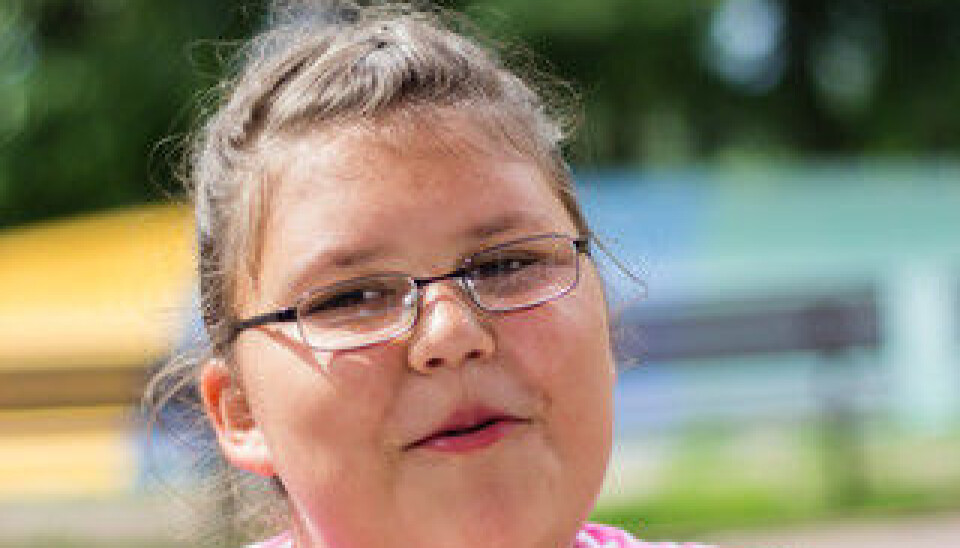
OPINION: Population studies need to be transparent
Researchers comment on the ScienceNordic article ‘Big EU obesity study is not representative’ and give their point of view.
Denne artikkelen er over ti år gammel og kan inneholde utdatert informasjon.
The Norwegian translation ‘Big EU obesity study is not representative’ would have been the correct translation of the article published May 31 at the ScienceNordic homepage. Instead, the catchy title ‘Big EU obesity study is lightweight’ was chosen.
As authors of the study ‘Assessment of selection bias in a health survey of children and families -- the IDEFICS Sweden-study ’Regber S, Novak M, Eiben G, Lissner L, Hense S, Sandstrom TZ, Ahrens W, Marild S: BMC Public Health 2013, 13(1):418, we would like to comment on the article and give our point of view.
The article is properly referenced except for two factual errors;
( 1) the Swedish Statistical Bureau does not gather children’s growth data. These data were drawn from the children’s health records at Child Health Centers and School Health Services. We could show that there was no selection bias of children with overweight or obesity, i.e. our hypothesis was not supported. This is a positive sign for starting health promoting and preventive interventions at an early age in children’s lives.
Several scientific studies have shown that obesity is stigmatizing, but in our study with very young children aged 2-9 years of age, this didn’t seem to have an effect on participation in a health survey.
(2) Assessment of selection bias was only studied in Sweden which means that the same conclusions of the study cannot be drawn for the whole IDEFICS study. However, in a recent publication by Hense et al (Epidemiology Research International, 2013) it was confirmed across all eight survey countries that overweight in the child, as well as social characteristics of the family were predictors of attrition at the time of the 2-year re-examination.
Not biased associations
It is widely recognized that non-participation bias is ubiquitous in population research. As an example, the well-known Oslo Health Study only had 46 percent participation, with low SES groups underrepresented (Sogaard AJ, Selmer R, Bjertness E, Thelle D: The Oslo Health Study: The impact of self-selection in a large, population-based survey. Int J Equity Health 2004, 3(1):3. ). In the Oslo health study Sogaard concluded that associations between SES and health in the participating sample were not biased by selective non-participation.
It is important to continue documenting such biases, while keeping in mind that these biases may have less impact on epidemiological associations between risk factors and health outcomes, than on descriptive or prevalence data. In fact, Sogaard did not even observe major differences in key health indicators when comparing the participant and non-participant samples.
The Nordic countries have unique data bases and health registers, and Norway like Sweden is able to trace social and health outcome data in non-respondents using registries and archives. This possibility was exploited for the IDEFICS Sweden study. Consequently, to judge and value the impact of the well-known problem of selection bias in population studies was made visible and transparent. Comparable studies are usually unable to quantitatively assess potential biases.
This is a particular strength of IDEFICS, as it allows us to arrive at an unbiased interpretation of our data. Therefore the ambitions within the IDEFICS study to deal with the problem of selection bias could also have been interpreted as ‘Big EU obesity study is heavy weight’.































